Cartoon Of America
- caricature /
- Cartoon Of America
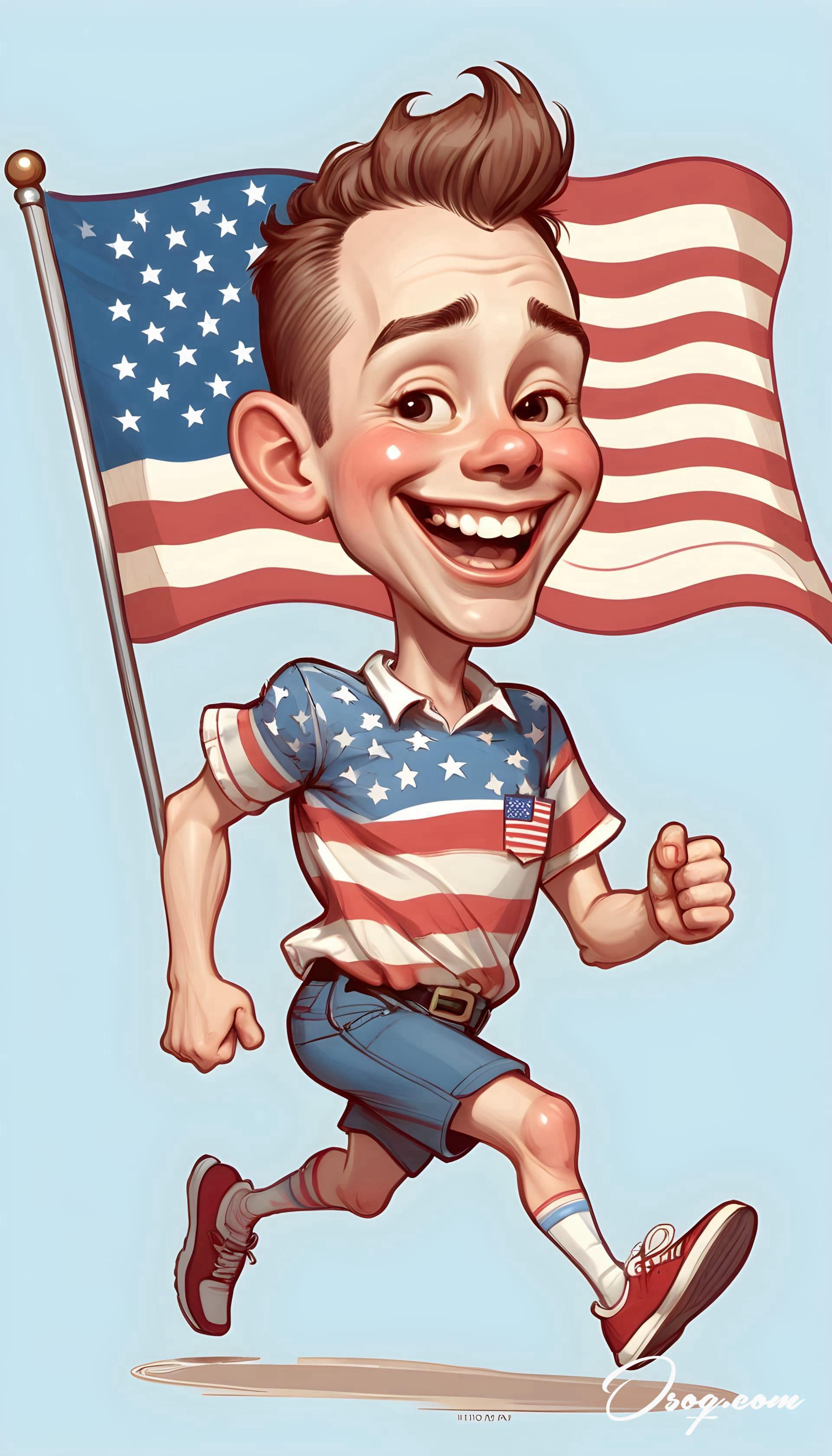
American cartoons have a rich history, stretching back over a century. They began as short, humorous drawings in newspapers and have evolved into a significant cultural force, influencing entertainment and art globally.
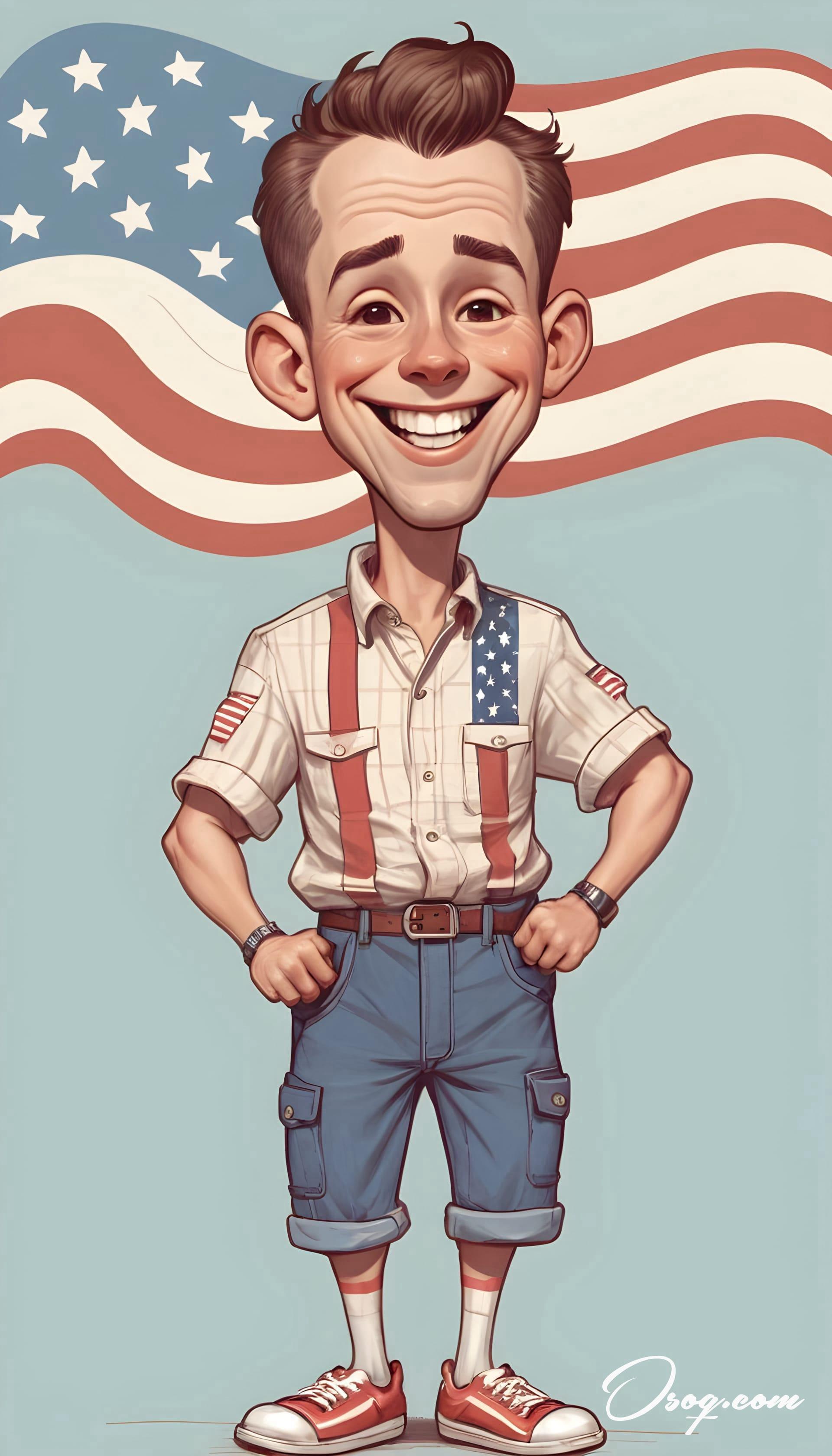
The term "Cartoon of America" not only refers to humorous or satirical drawings but also encompasses a wide range of animated television shows and movies that have become deeply ingrained in American culture.
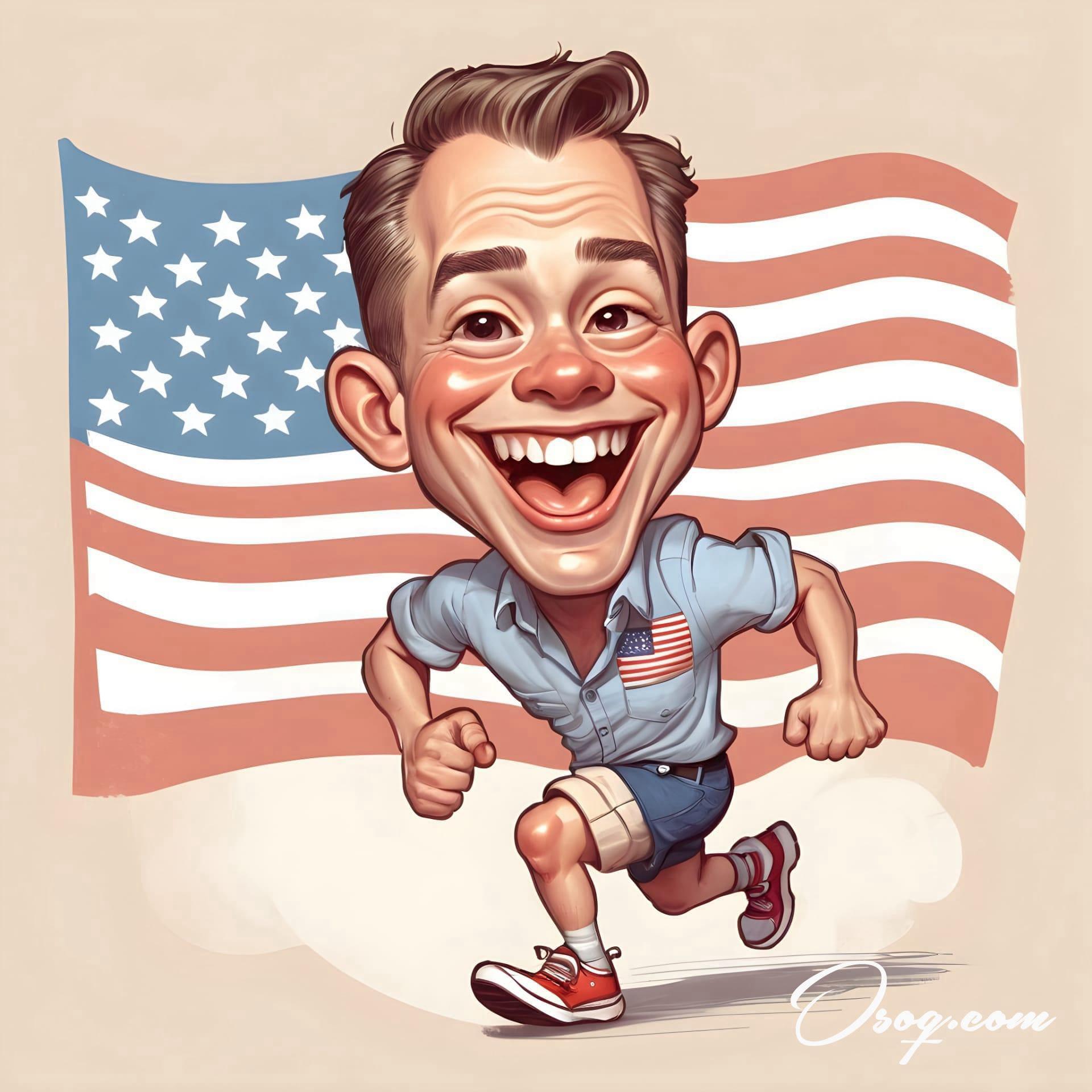
One of the earliest and most iconic American cartoons is Mickey Mouse, created by Walt Disney in 1928. Mickey is not just a cartoon character; he's a symbol of creativity and the joy of animation that has touched hearts worldwide.

Cartoons played a crucial role during World War II, serving both as propaganda tools and as a means to boost the morale of soldiers and civilians. Characters like Bugs Bunny and Superman were seen fighting against the Axis powers in various animations.
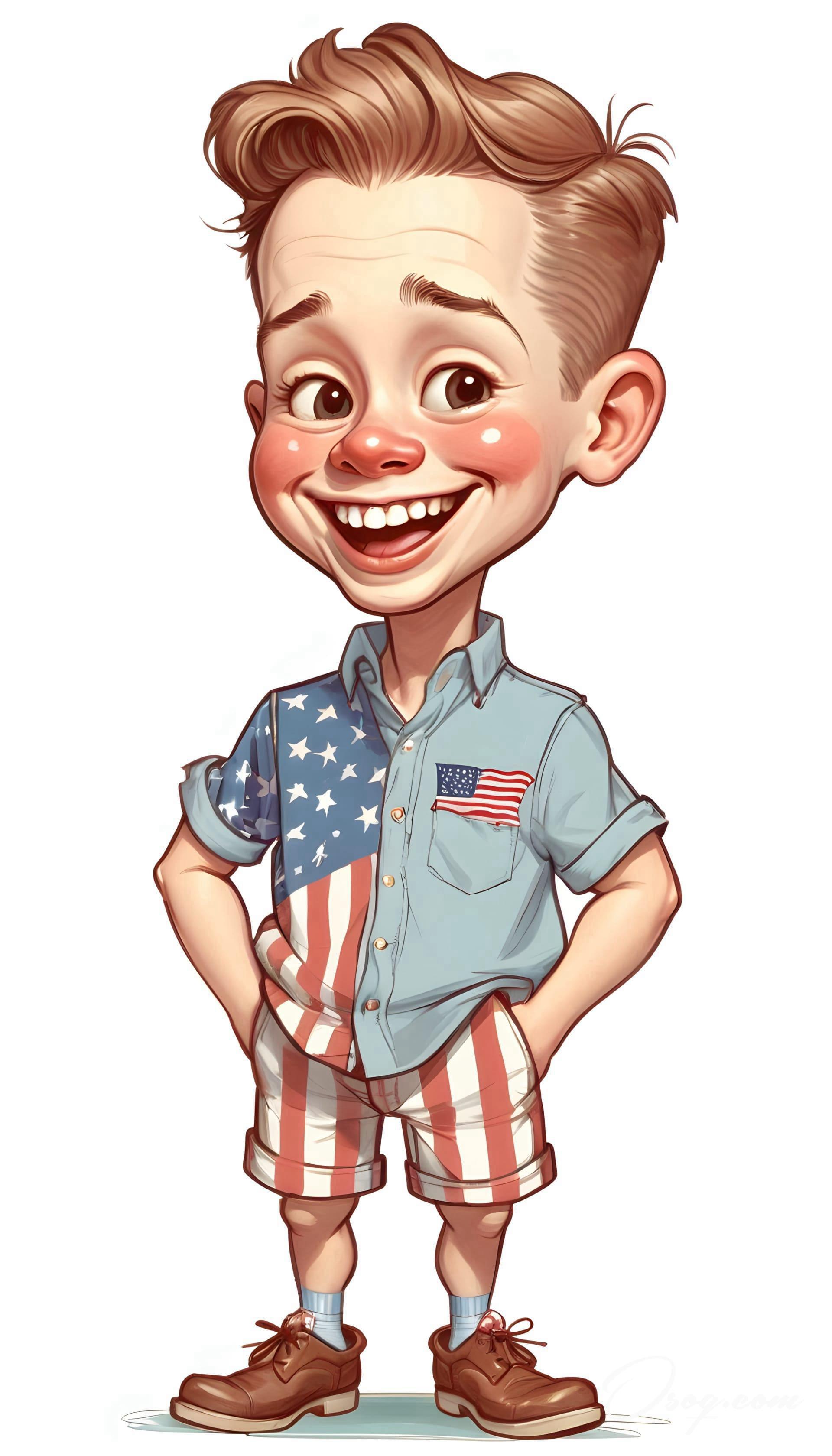
The Flintstones, debuting in 1960, was the first animated series to hold a prime-time slot on television, changing the perception that cartoons were only for children and paving the way for future adult-oriented animations.
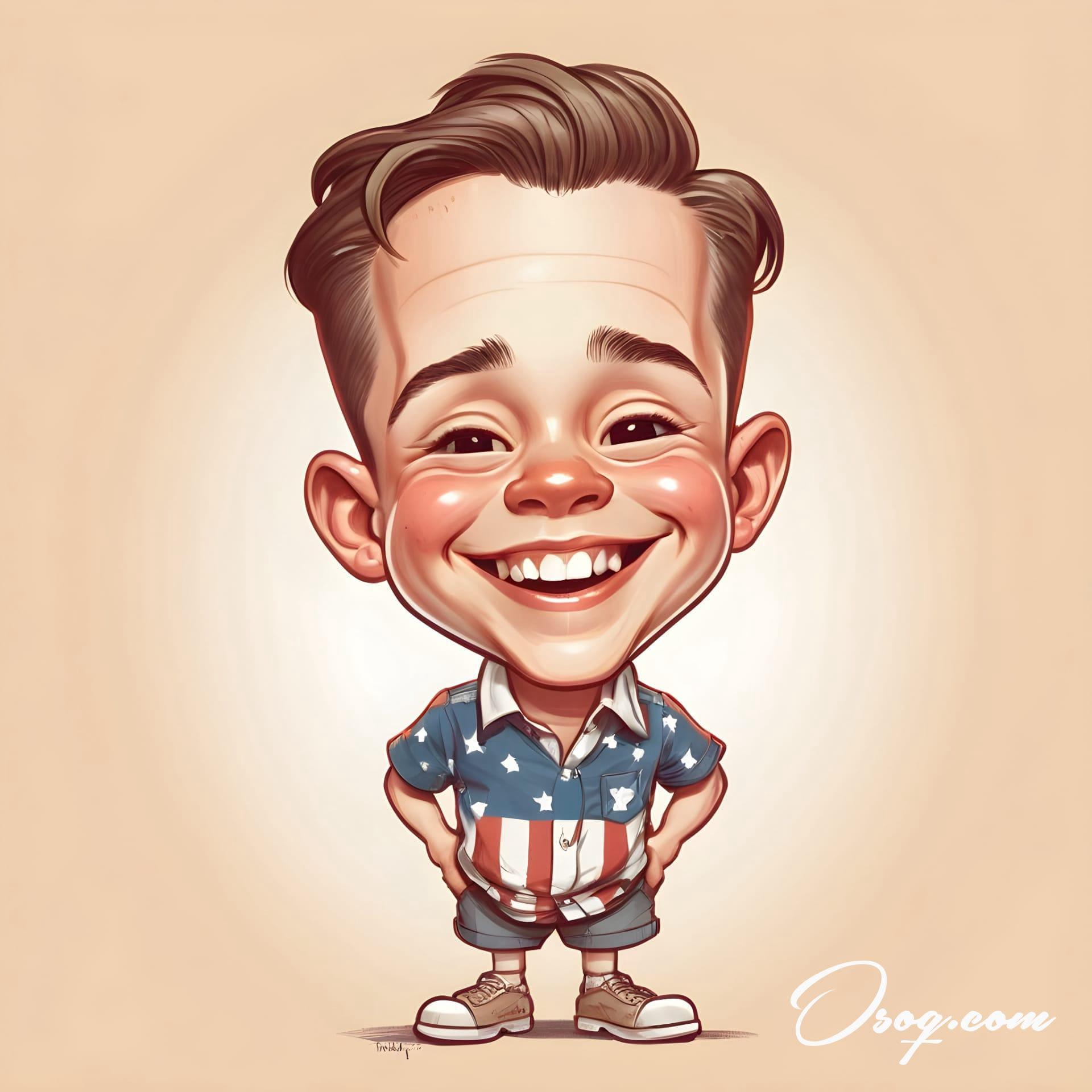
The Simpsons, premiering in 1989, is one of the longest-running television series in the U.S. It has had a profound influence on American humor and the way cartoons are perceived as a form of social commentary.
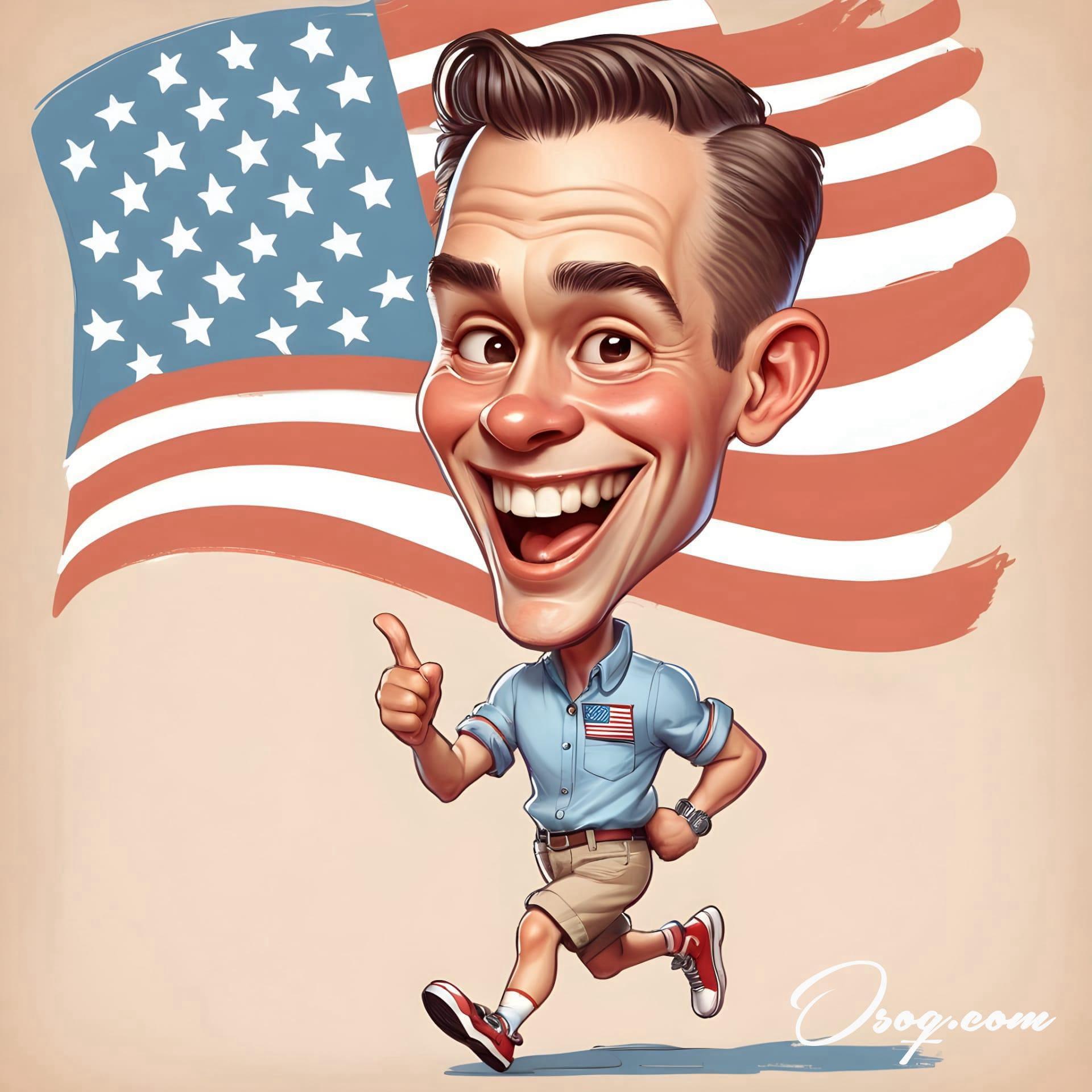
Cartoon Network, launched in 1992, became the first all-cartoon channel, providing a dedicated platform for both classic and new cartoons, significantly shaping the childhood of many.
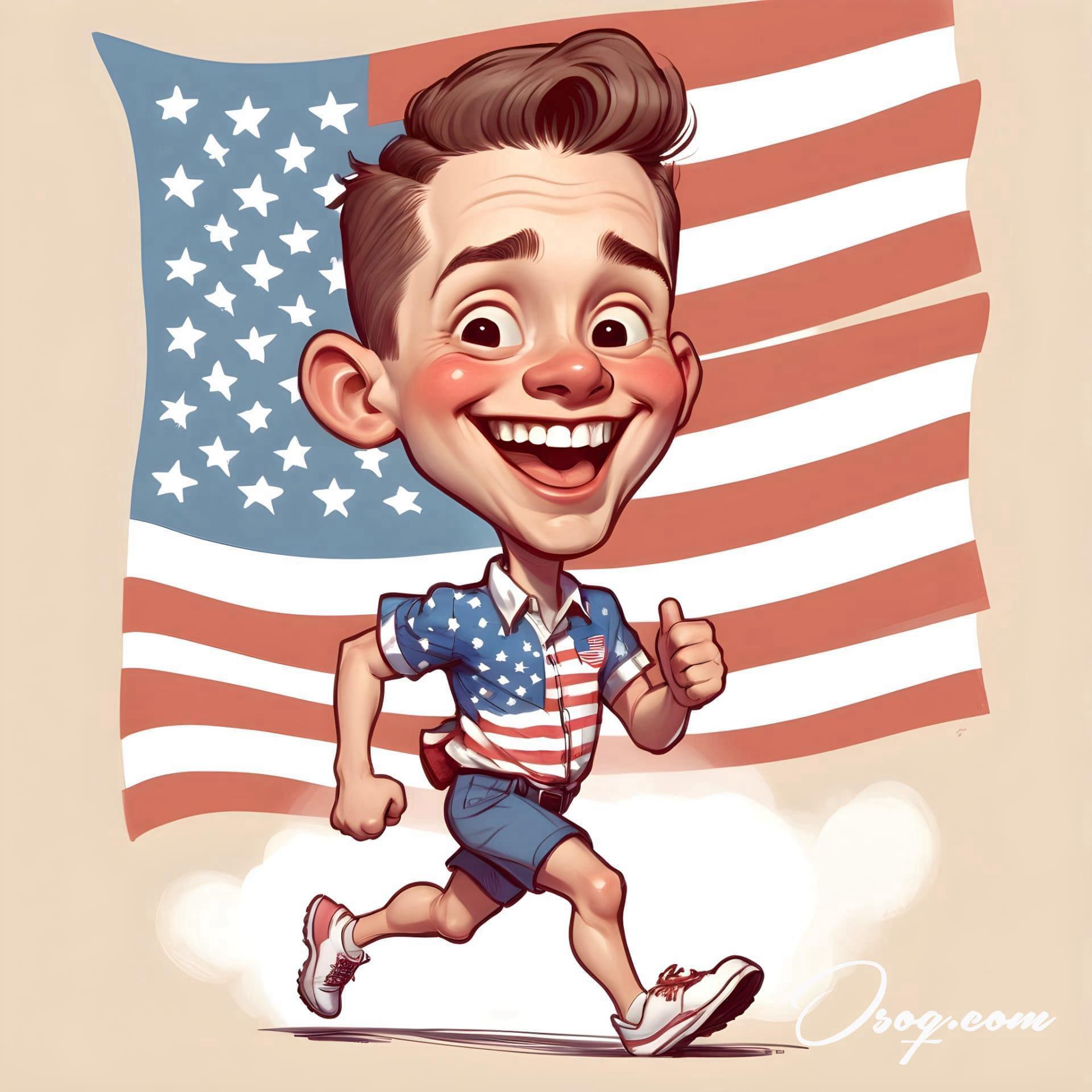
Comics and cartoons have often intertwined, with characters like Spider-Man and Batman originating in comic books before becoming stars in their animated universes, showing the dynamic relationship between these two art forms.
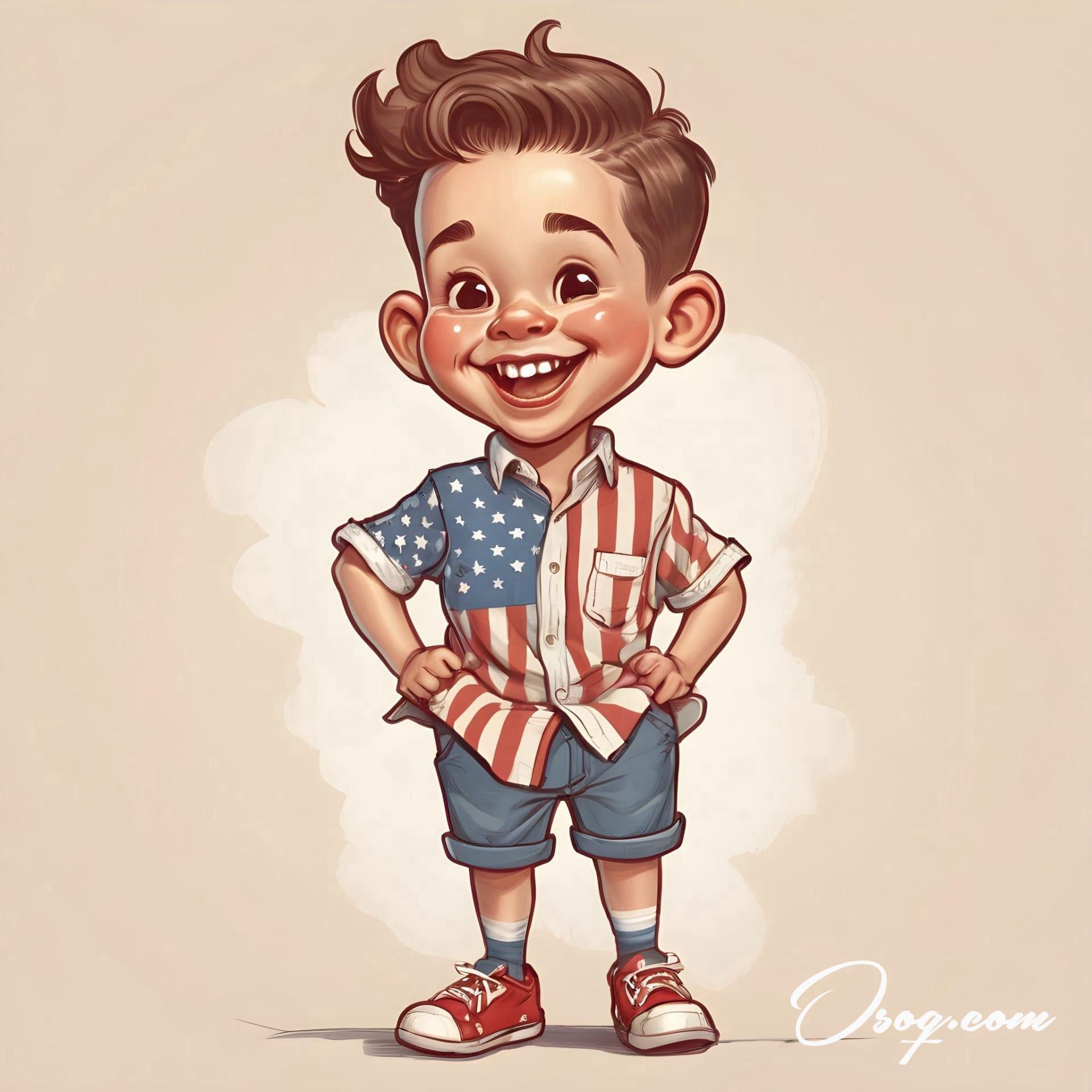
The 1990s saw a renaissance of American cartoons, with shows like "Dexter's Laboratory," "Rugrats," and "Hey Arnold!" offering innovative storytelling and animation techniques that appealed to both kids and adults.
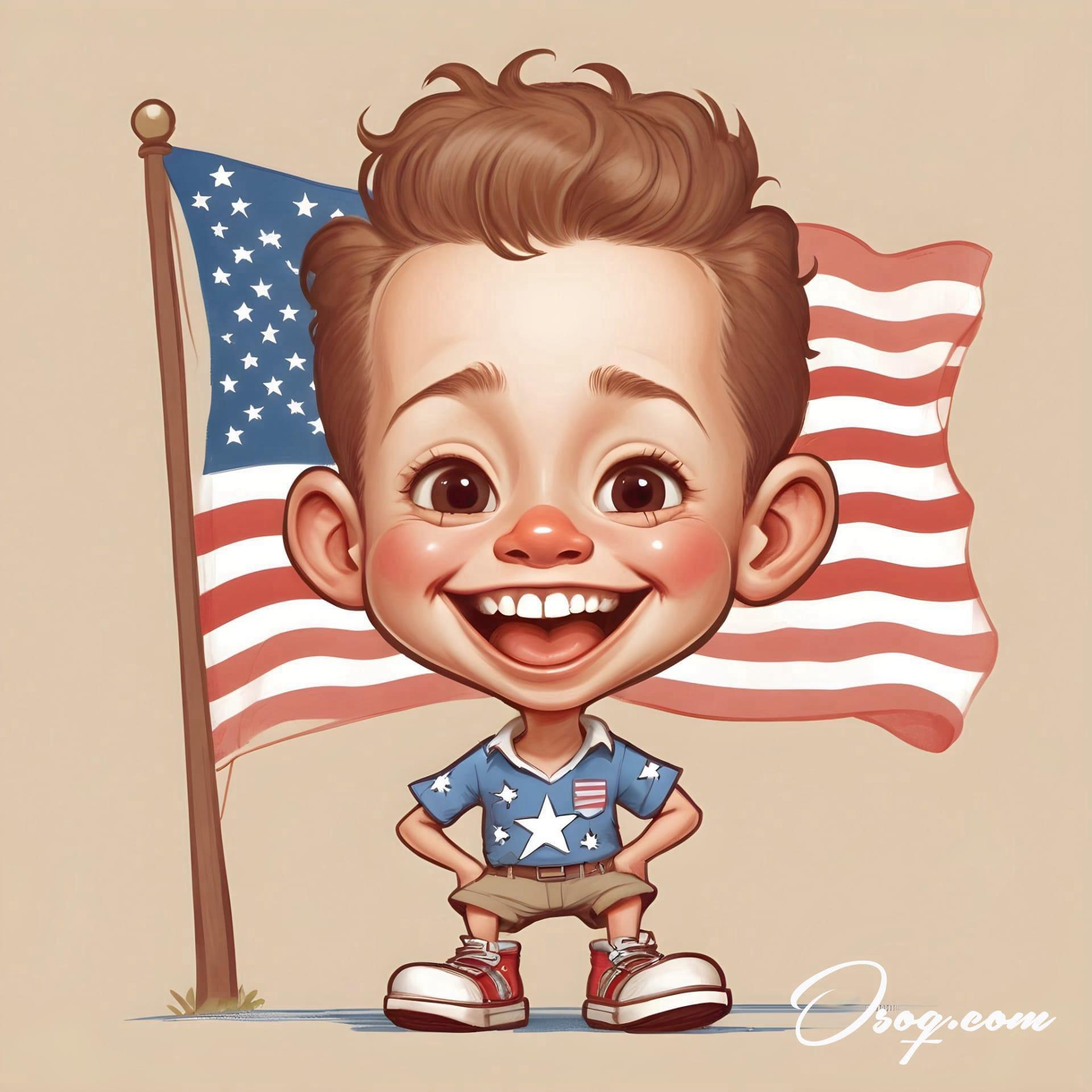
The advent of CGI (Computer Generated Imagery) in cartoons allowed for a new level of detail and realism, with movies like "Toy Story" revolutionizing the industry and showing the potential of digital animation.
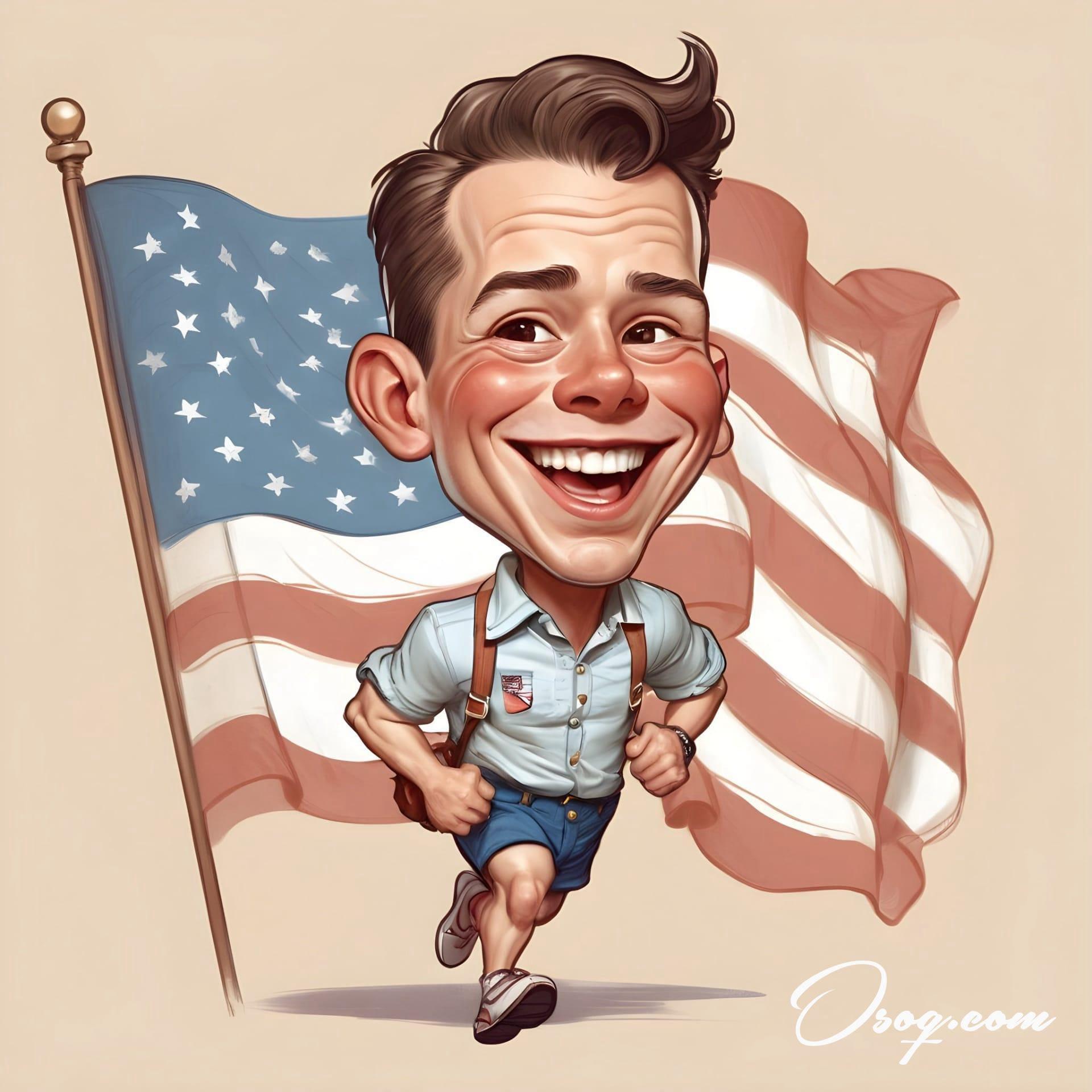
Voice acting in cartoons has become a respected career, with many famous actors lending their voices to animated characters, adding depth and personality that contribute significantly to the cartoon's success.
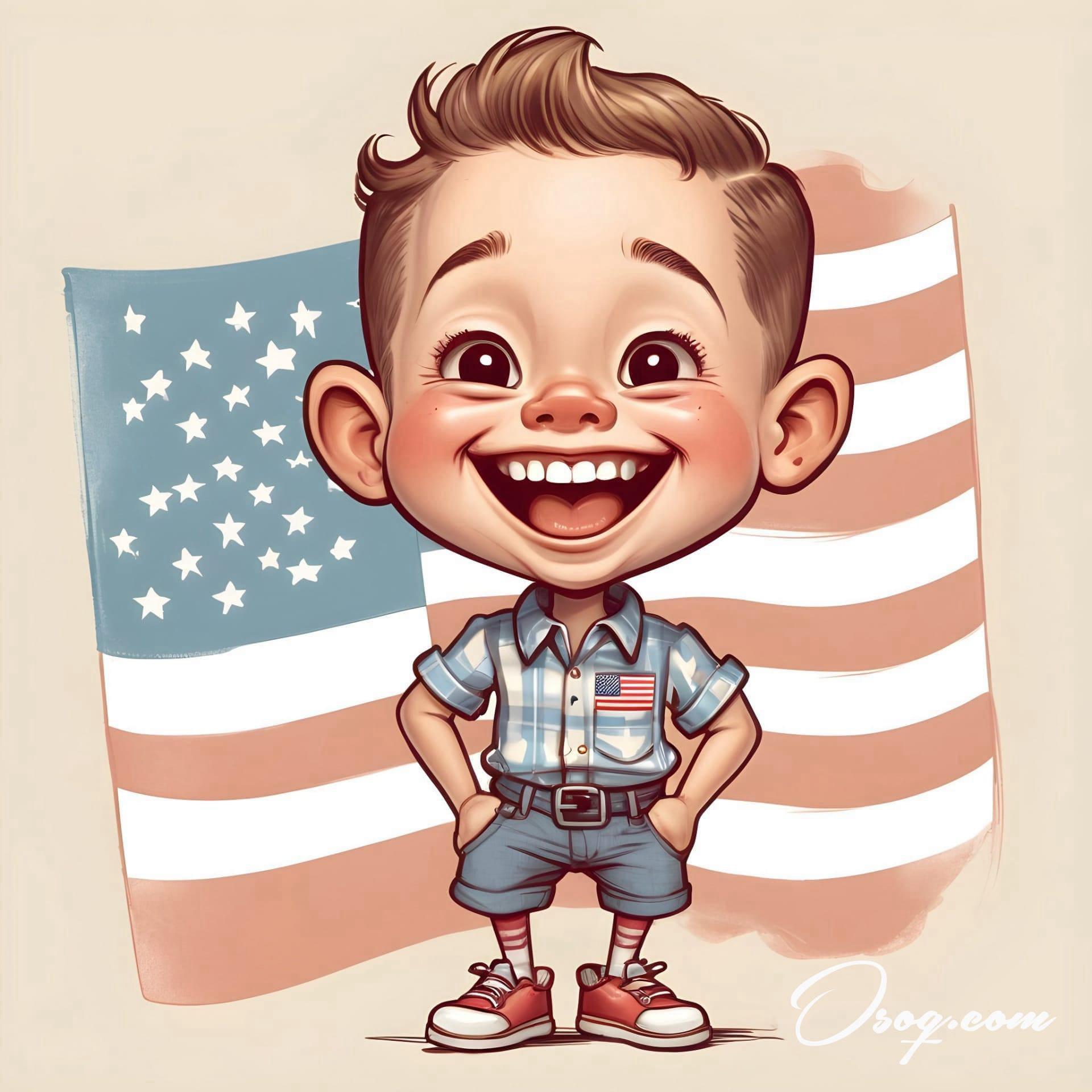
Music plays a critical role in cartoons, with theme songs and scores becoming iconic. The catchy tunes of shows like "Pinky and the Brain" and "SpongeBob SquarePants" are recognizable to many.
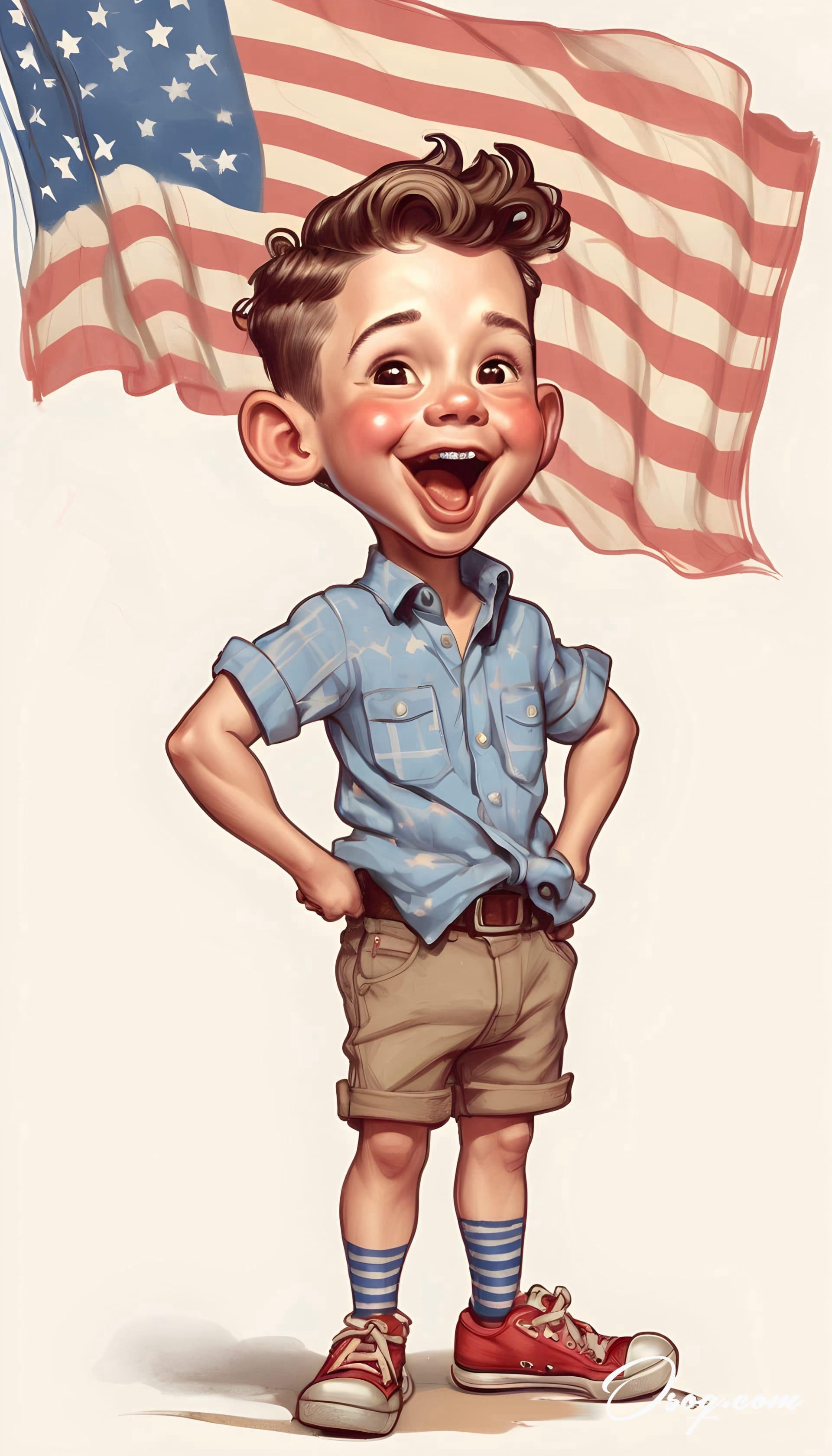
Cartoon merchandise, from action figures to clothing, has become a multi-billion dollar industry, showing the significant economic impact of the Cartoon of America beyond the screen.
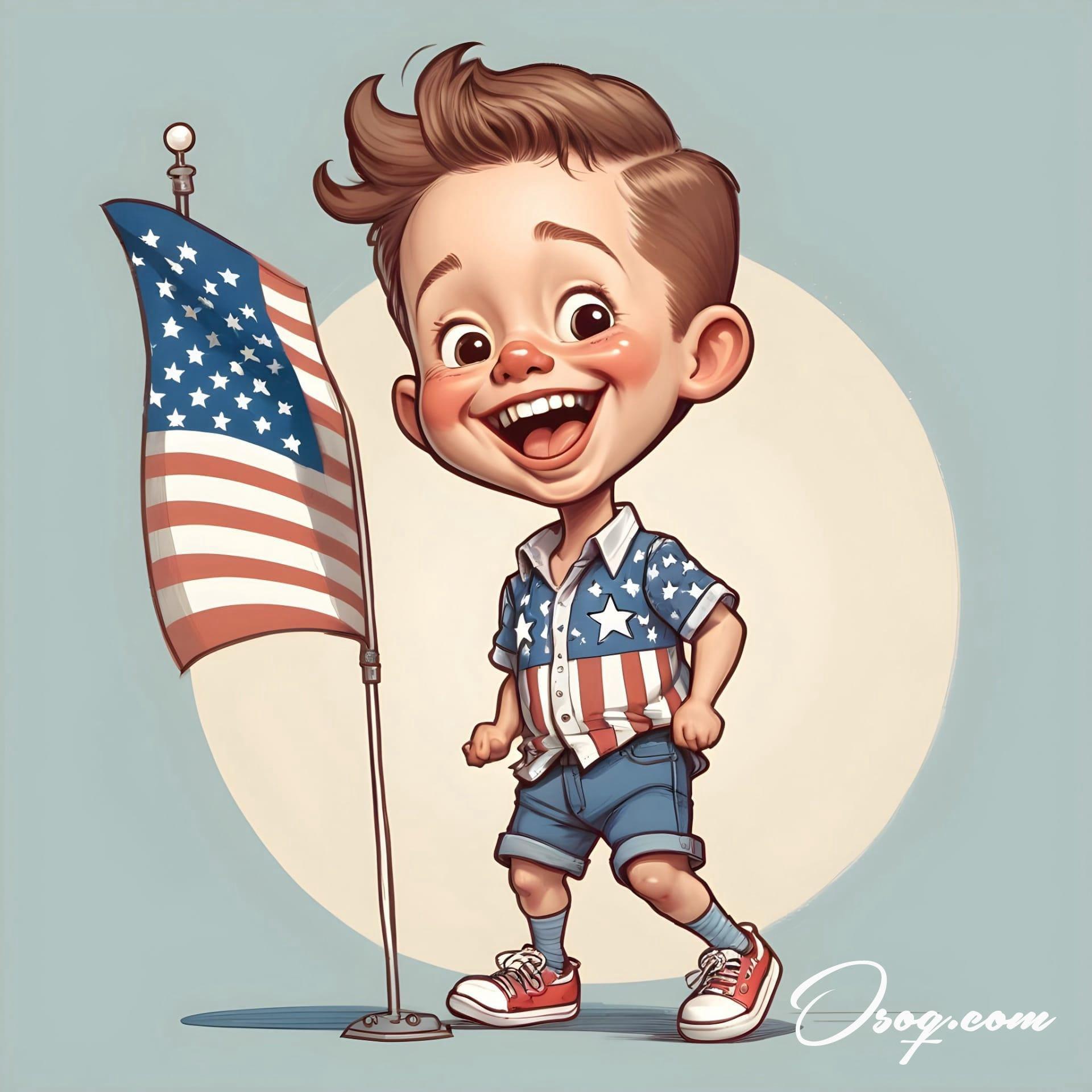
Adult cartoons, such as "Family Guy" and "Rick and Morty," have gained massive popularity, exploring themes and humor not typically found in children's animation and expanding the audience for American cartoons.
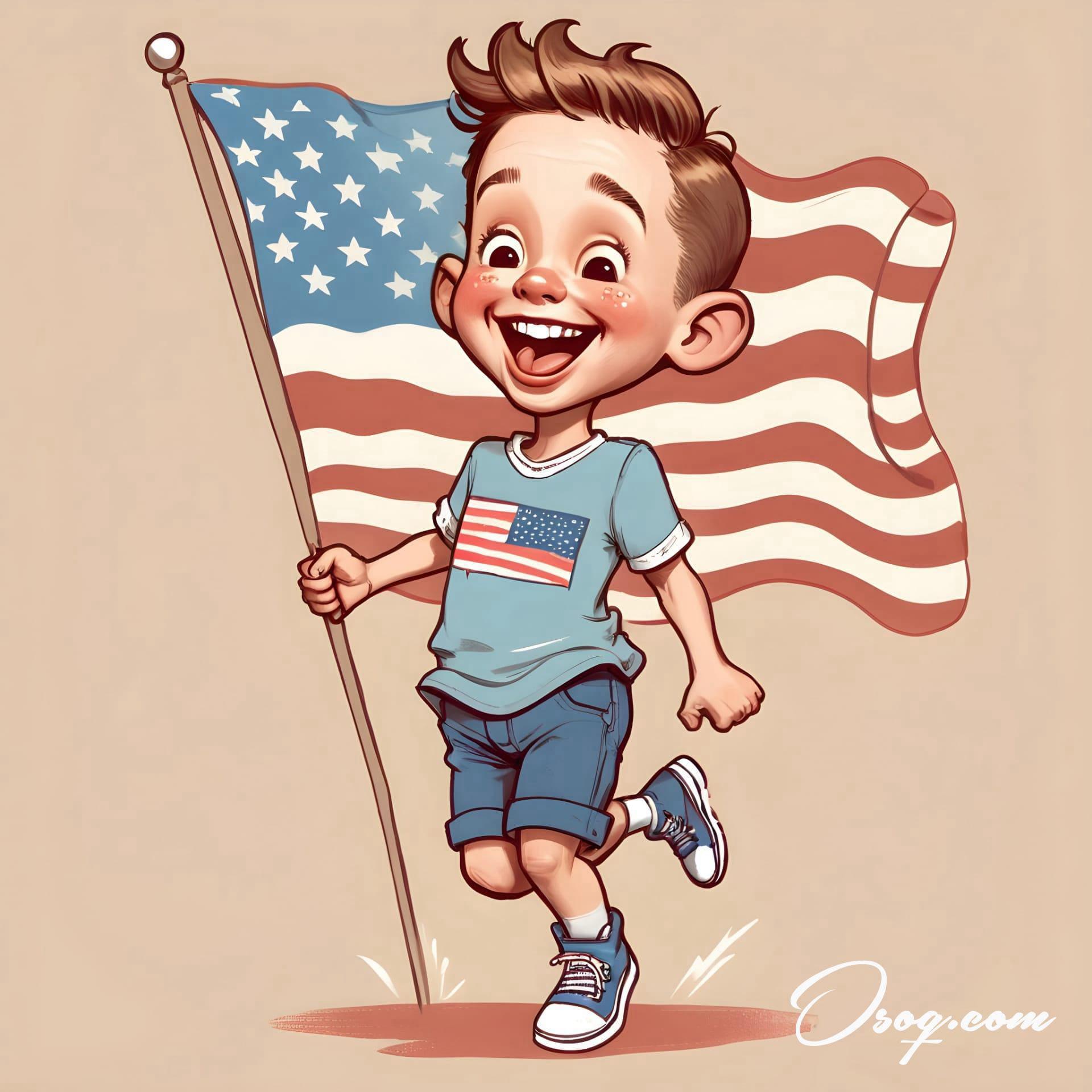
Educational cartoons like "Schoolhouse Rock!" have demonstrated the potential of animation to teach complex subjects in a fun and engaging way, making learning enjoyable for children.
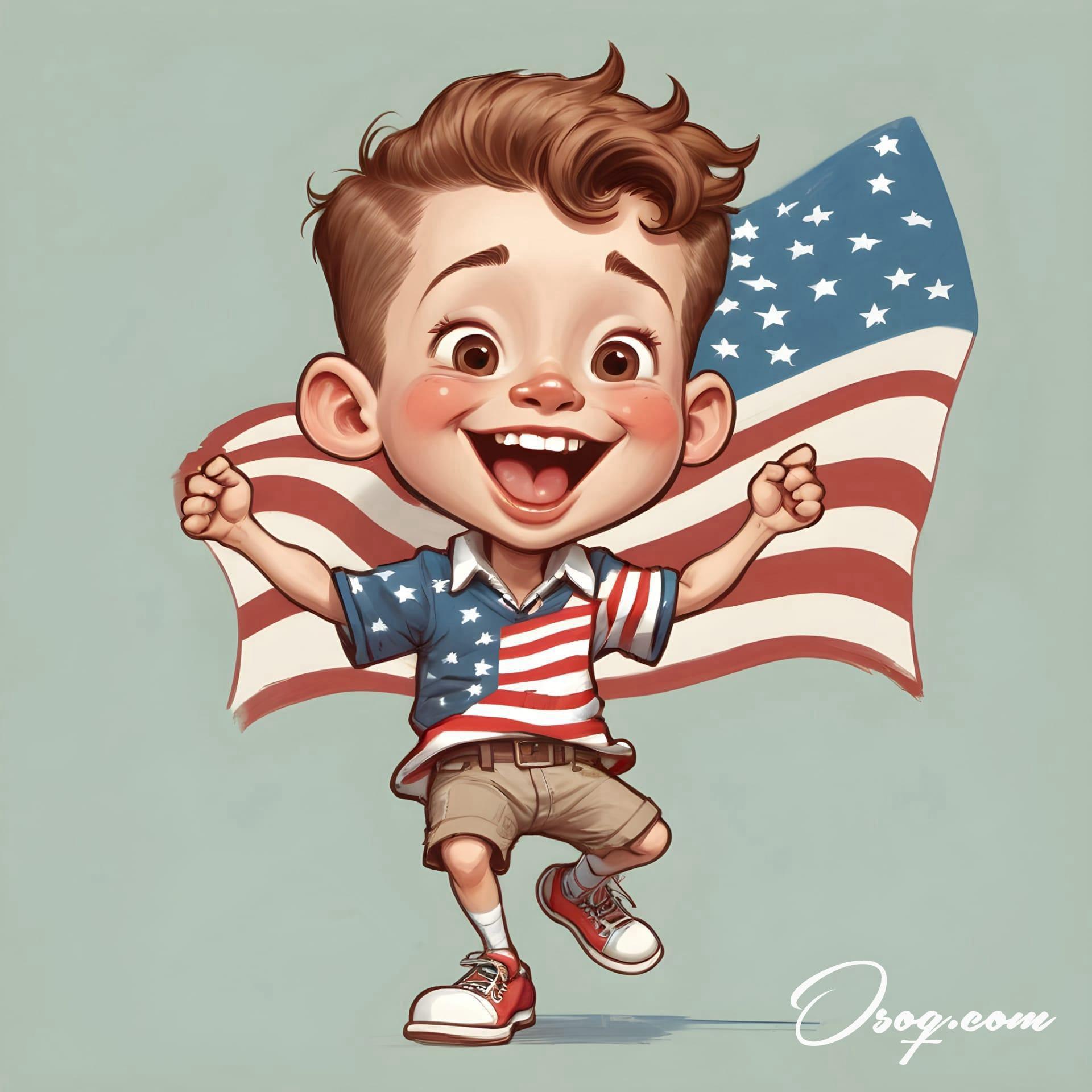
The influence of Japanese anime on American cartoons has grown significantly, with shows like "Avatar: The Last Airbender" blending Western storytelling with anime-style animation to critical acclaim.
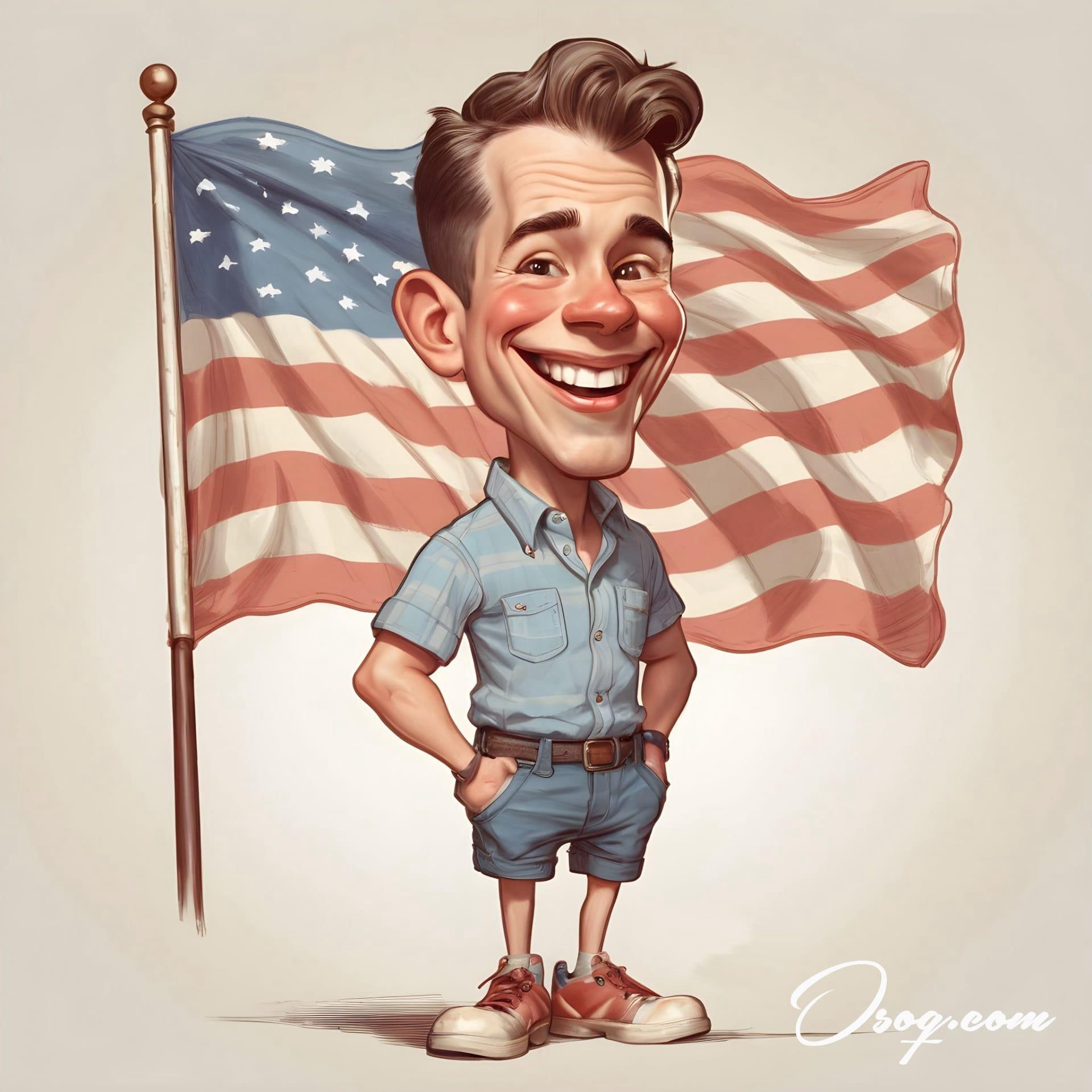
Independent animators and studios have found success through the internet, using platforms like YouTube to reach audiences directly, bypassing traditional media channels and reshaping the animation landscape.
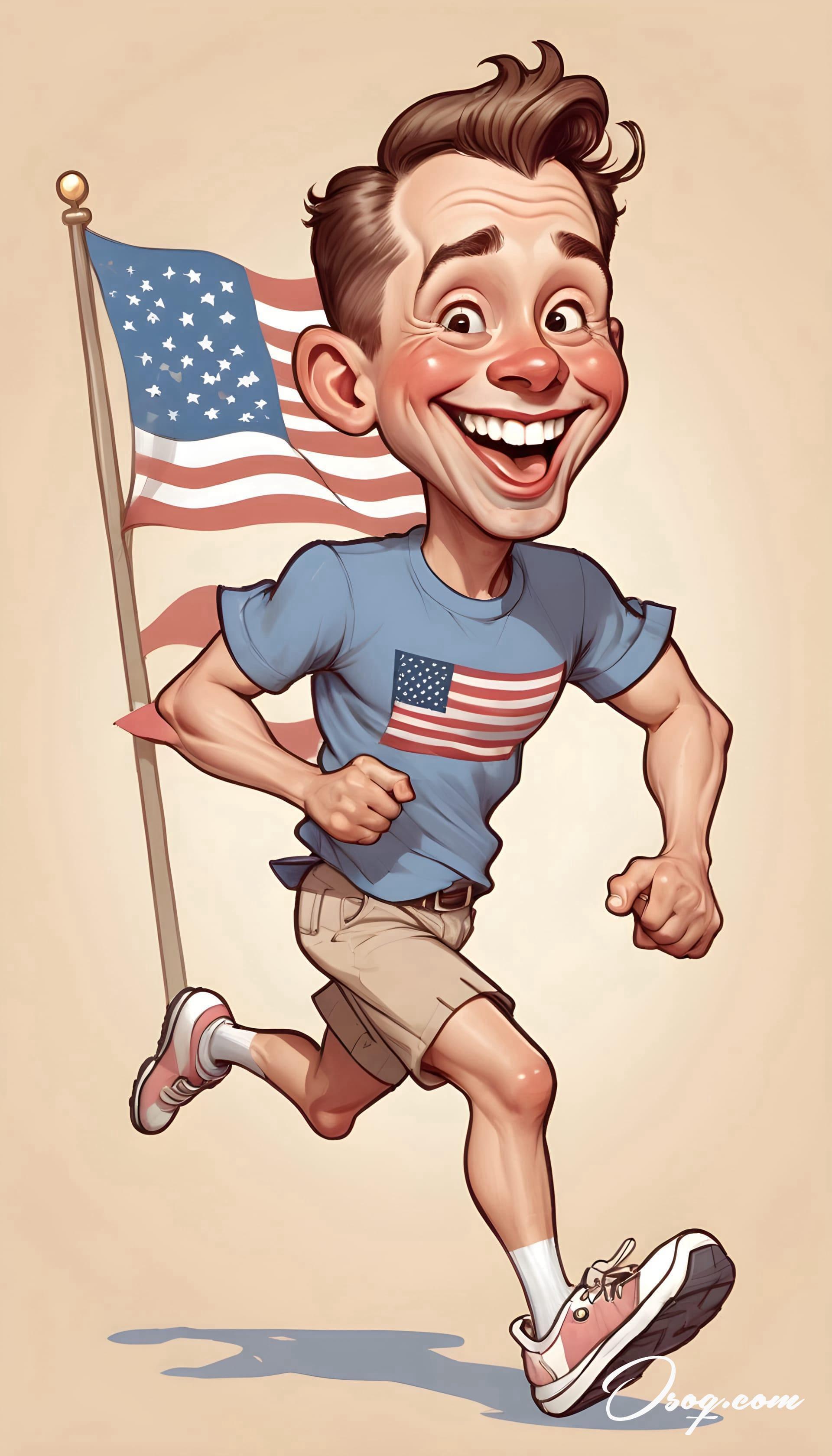
Environmental themes have become more prevalent in cartoons, with characters and stories often focused on promoting conservation and awareness about the planet, reflecting societal concerns.
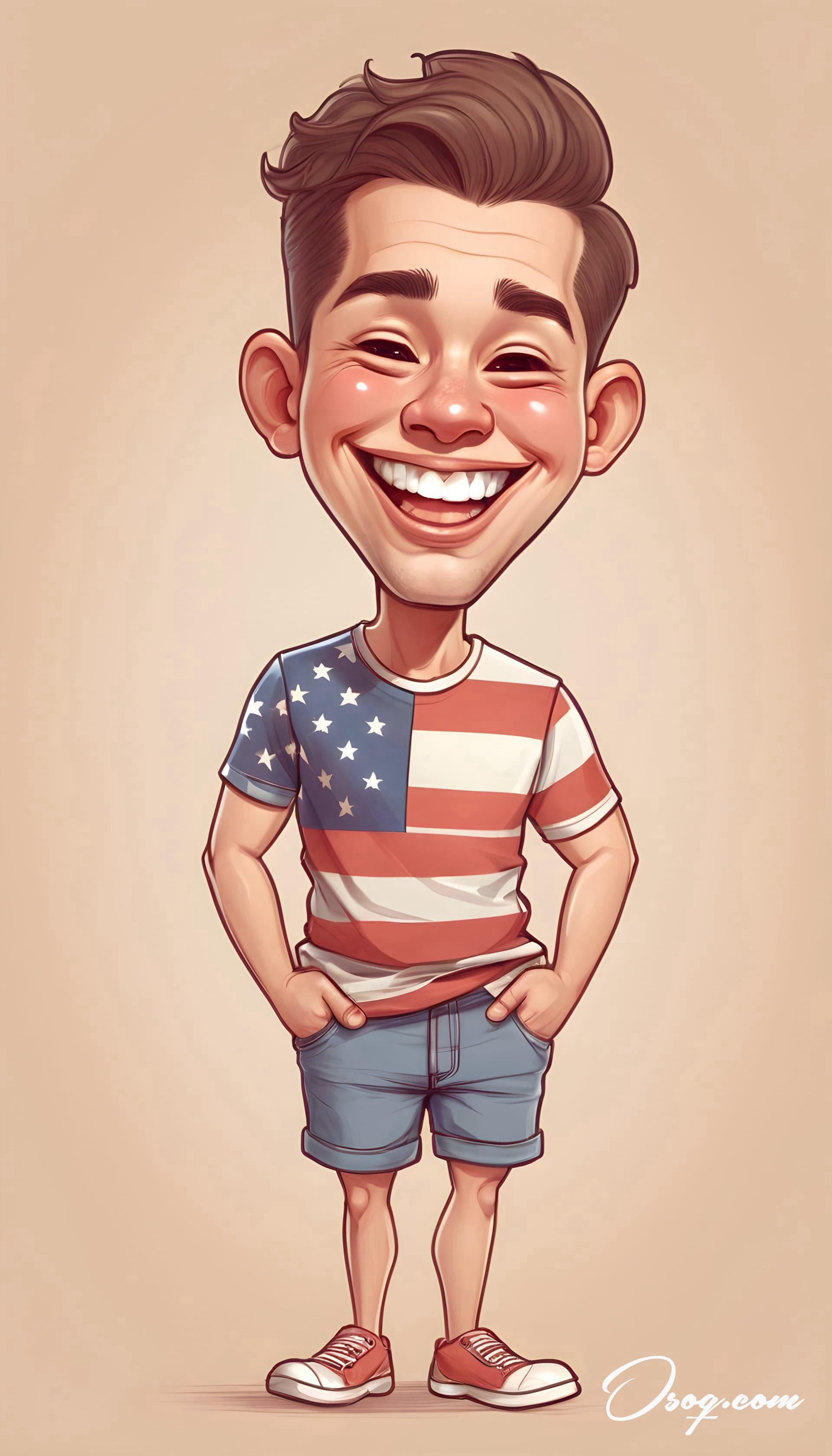
The technique of rotoscoping, where animators trace over live-action footage, has been used in cartoons to create more realistic movements, showcasing the blend of technology and traditional artistry.
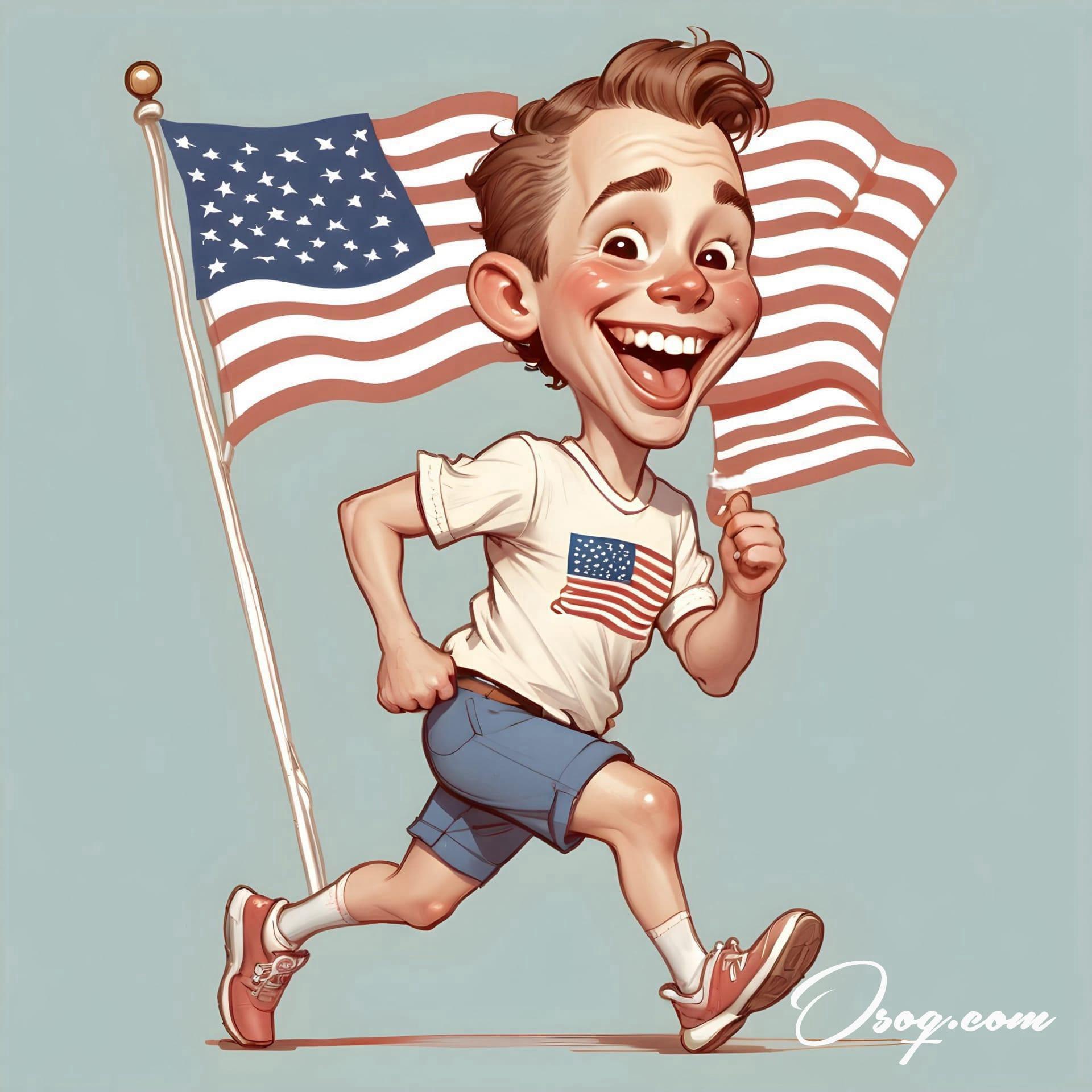
Over the years, the Cartoon of America has become a mirror reflecting societal changes, trends, and the evolving American identity, proving that cartoons are much more than just entertainment; they are a vital part of cultural expression.